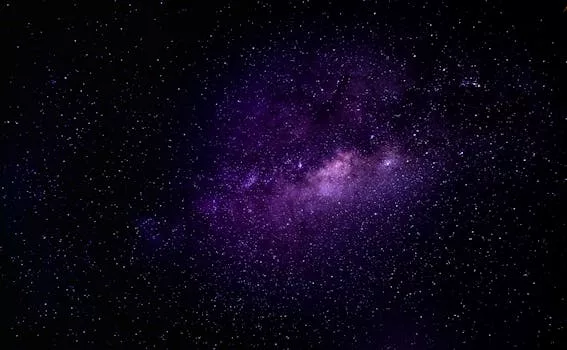
“
Beyond the Milky Way: Imagining New Worlds and Possibilities
Introduction to the Cosmos
Beyond the Milky Way: Imagining New Worlds and Possibilities is an exciting topic that has captivated human imagination for centuries. The universe is vast and full of mysteries waiting to be unraveled. From the majestic swirl of galaxy clusters to the mystifying dance of celestial bodies, the cosmos is a frontier that continues to inspire scientific inquiry and spark human curiosity.
The Milky Way, our home galaxy, is just one of the billions of galaxies that populate the observable universe. It is a barred spiral galaxy, comprising hundreds of billions of stars, stellar remnants, interstellar gas, dust, and dark matter, all bound together by gravity. However, the universe extends far beyond the reaches of our galaxy, with immense distances separating us from other galaxies and galaxy clusters.
Exploring the Universe
As we venture beyond the Milky Way, we enter a realm of uncharted territories and unprecedented phenomena. Other galaxies, such as Andromeda and Triangulum, offer insights into the diversity of galaxy types and the processes that shape their evolution. The universe is also home to various types of celestial objects, including neutron stars, black holes, and supernovae, each with its unique characteristics and roles in the cosmic landscape.
Cosmologists and astronomers employ a range of techniques to study the universe, from observational astronomy using telescopes to theoretical modeling and simulation. Space missions, such as those conducted by NASA and the European Space Agency, have greatly expanded our understanding of the cosmos, providing breathtaking images and valuable data that help scientists piece together the history and evolution of the universe. For more on the imaginative aspects of this exploration, check out Charting New Realms: The Journey of Imagination Beyond the Stars.
Imagining New Worlds
Beyond the realms of our current understanding, the universe holds countless possibilities for the existence of other worlds, potentially harboring life. The discovery of exoplanets, which are planets outside our solar system, has opened new avenues for the search for life beyond Earth. Some of these exoplanets are believed to be located in the habitable zones of their respective stars, where conditions are favorable for life as we know it. This topic is further explored in From Stardust to Dreams: Imagining Life Beyond the Stars.
Imagining new worlds invites us to consider the potential for life in forms that may be vastly different from what we find on Earth. This speculation not only challenges our current scientific understanding but also inspires new areas of research, including the study of extremophiles on Earth and the development of technologies that could support life in extreme environments.
Conclusion and Takeaways
In conclusion, the exploration of the universe beyond the Milky Way is a profound journey that expands our knowledge, challenges our assumptions, and inspires our imagination. As we continue to venture into the cosmos, we are reminded of the vastness and complexity of the universe, as well as the significance of our place within it.
Key takeaways from this journey include the realization that the universe is full of mysteries waiting to be unraveled, the importance of continued exploration and research, and the potential for discovering new worlds and forms of life. This quest for knowledge and understanding is fundamental to human nature and will undoubtedly continue to drive scientific inquiry and inspire future generations. For a deeper dive into the imaginative aspects of our universe, visit Beyond Stars: Where Imagination Takes Flight.




